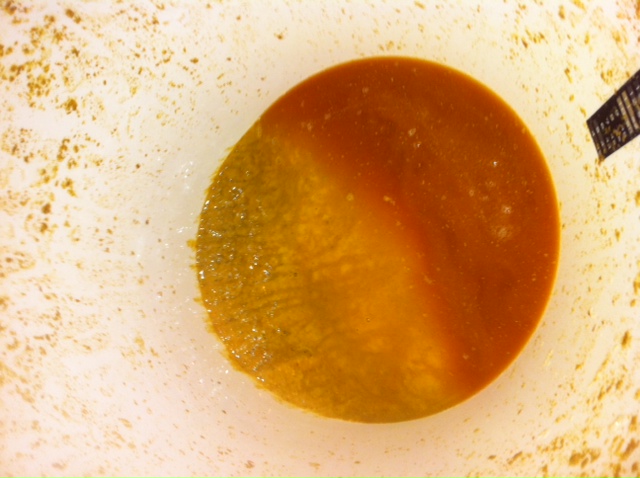Jaehnig
Well-Known Member
- Joined
- May 23, 2012
- Messages
- 225
- Reaction score
- 8
Have read online that pumpkin ales need two weeks in primary, two in the secondary, and 2-4 in the bottle. Does that sound correct?
Next, if I used dry yeast and created a yeast starter with it and the airlock has come to a standstill, should I "stir it shake up" the primary? It's only been three days and I still have 11 to go if it needs to sit in the primary for two weeks.
Third, out of the airlock came vegetable, fruity, and other interesting smells like fresh grass maybe. If my ale does not taste as I planned is there restraints on what I can add when I put it into the secondary?
V/R,
BrewTech
Next, if I used dry yeast and created a yeast starter with it and the airlock has come to a standstill, should I "stir it shake up" the primary? It's only been three days and I still have 11 to go if it needs to sit in the primary for two weeks.
Third, out of the airlock came vegetable, fruity, and other interesting smells like fresh grass maybe. If my ale does not taste as I planned is there restraints on what I can add when I put it into the secondary?
V/R,
BrewTech












































![Craft A Brew - Safale S-04 Dry Yeast - Fermentis - English Ale Dry Yeast - For English and American Ales and Hard Apple Ciders - Ingredients for Home Brewing - Beer Making Supplies - [1 Pack]](https://m.media-amazon.com/images/I/41fVGNh6JfL._SL500_.jpg)















